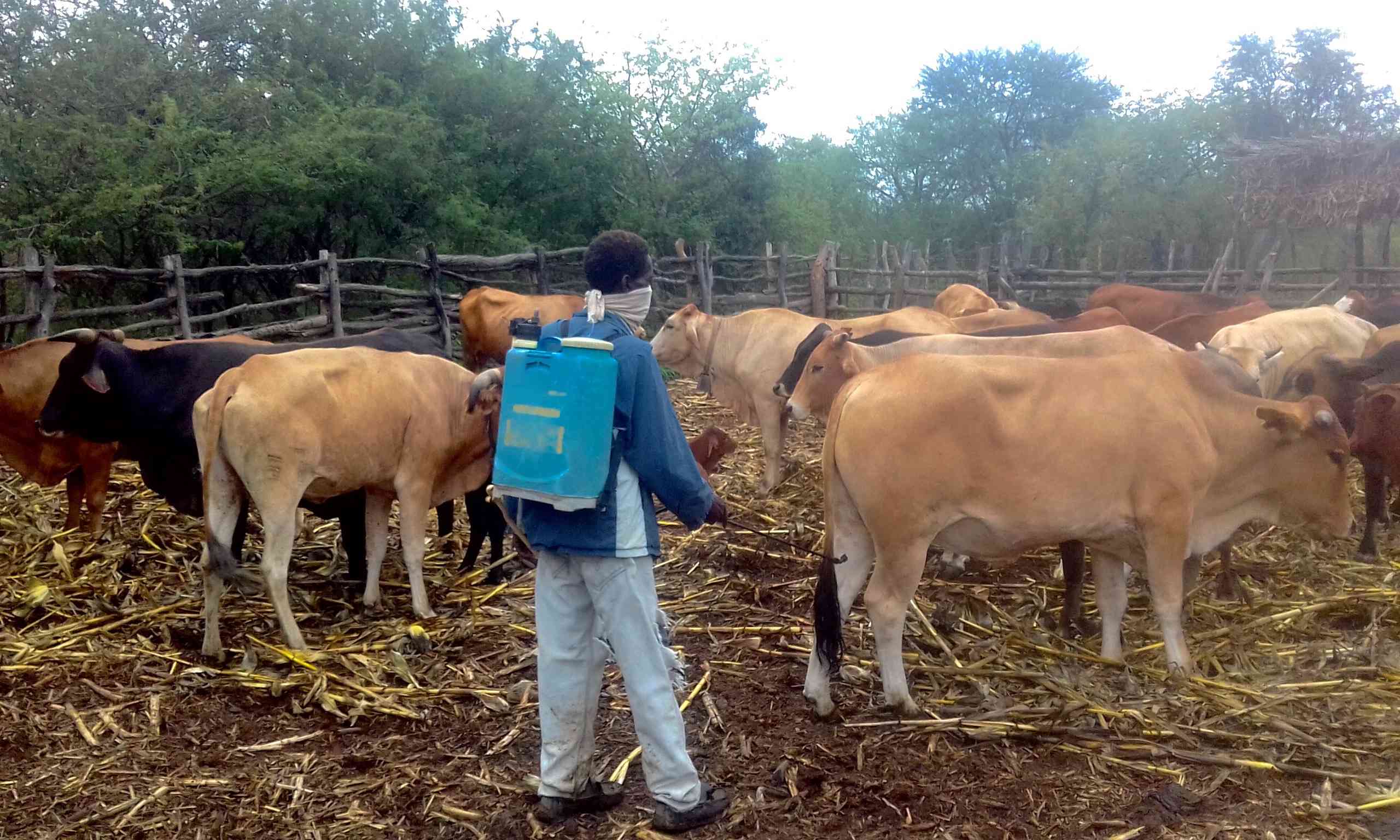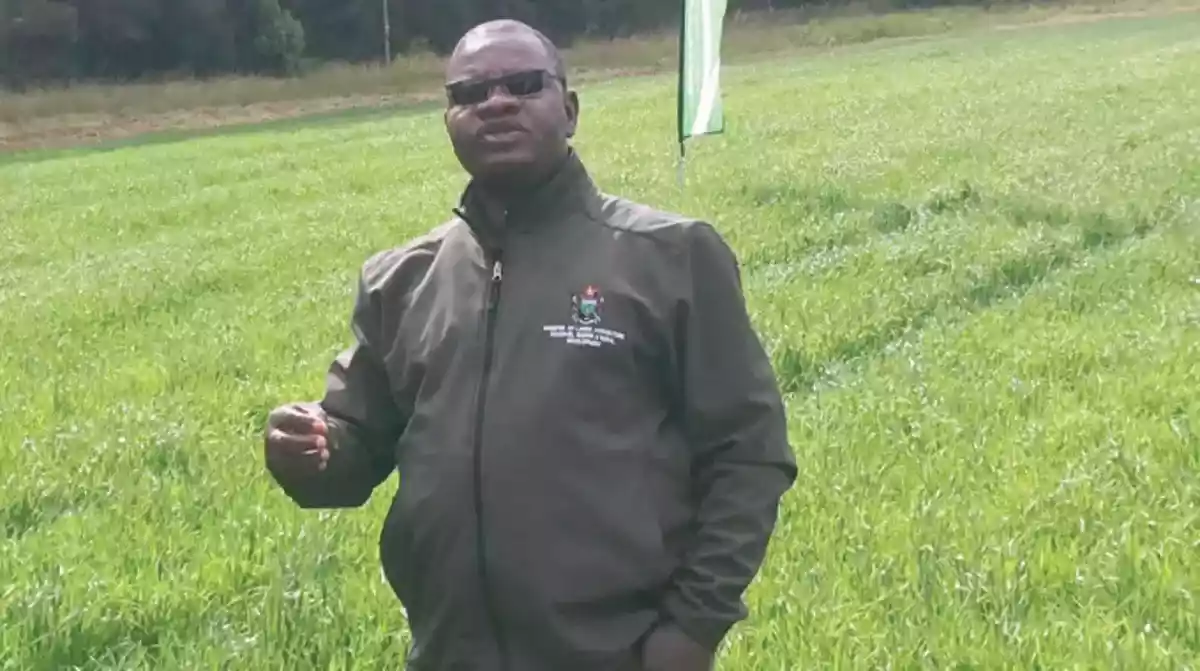
THE International Livestock Research Institute (ILRI), in partnership with government and the European Union (EU), has refurbished provincial veterinary laboratories in Matabeleland South and Masvingo provinces as part of efforts to control frequent livestock disease outbreaks in these areas.
The laboratories, which have been refurbished and well-equipped by the Livestock Production Systems in Zimbabwe (LIPS-ZIM) project, will enhance the provision of veterinary services and surveillance of notifiable diseases through early detection and effective control of livestock disease outbreaks.
The project, made possible through EU funding, seeks to address one of the major threats to livestock production among smallholder farmers.
Livestock production contributes significantly to the food, wealth, draught power and social well-being of many rural households in Zimbabwe with an estimated 90% of the national cattle herd, 98% of the goat flock, 90% of the sheep flock and 80% of the pig herd owned by smallholder farmers.
Since the early 2000s, the country has battled outbreaks of diseases such as January Disease, also known as theileriosis and foot-and-mouth with smallholder farmers facing the biggest risk.
In Zimbabwe, tick-borne diseases (TBDs) are the major cause of over 60% of ruminant livestock deaths, with theileriosis being the main cause of the country’s TBD-induced cattle deaths.
During the 2022/23 rainfall season, theileriosis claimed an unusually high number of cattle, surpassing previous records, which forced the country to declare war against the disease.
In a speech read on her behalf during the launch of a veterinary laboratory in Gwanda on Tuesday, Matabeleland South Provincial Affairs and Devolution minister Evelyn Ndlovu urged farmers to effectively utilise the facility.
- EU pours US$5,9m for 2023 polls
- January Disease kills 500k cattle: Govt
- EU pledges US$210m for gender equality
- SUCCESS LIFE: Where is your money?
Keep Reading
“I have no doubt that this will enhance the quality of our animals and improve disease detection, surveillance, control and research in Matabeleland South in particular and Zimbabwe at large,” she said.
“The laboratory will be critical in the fight against animal and zoonotic diseases that currently bedevil our country, provinces, districts and those that can emerge; now and in the future.”
LIPS-ZIM project co-ordinator Sikhalazo Dube said because of their partnership with the EU in Zimbabwe, food would be less scarce, malnutrition less severe and hunger a thing of the past.
“We are grateful for the support of the European Union delegation in Zimbabwe in providing us the resources to help the people of Matabeleland and Masvingo find prosperity in livestock production,” Dube said.
Department of Veterinary Services (DVS) chief director Josphat Nyika said the decentralisation of the diagnosis process close to the farmer will go “a long way in ensuring wider coverage, high quality and accurate diagnosis of animal and zoonotic diseases”.
EU ambassador to Zimbabwe, Jobst von Kirchmann said the bloc was committed to strategically leveraging on livestock production for improved nutrition, food security and enhanced livelihoods in Zimbabwe.
“Our support to the LIPS-ZIM project reflects this strategic vision and contributes to making a tangible difference in the lives of smallholder farmers and in the broader agricultural landscape,” he said.
The €5 million (approximately US$5,3m) LIPS-ZIM project led by ILRI employs a comprehensive, sustainable approach to increase livestock production. According to the DVS, over 500 000 cattle have succumbed to January Disease since 2016, underscoring the urgency for effective veterinary services in Zimbabwe.
The EU has long supported Zimbabwe's agriculture and livestock sector through initiatives like the Zimbabwe Agricultural Growth Programme, investing over €40 million (US$42 million) since 2018.







